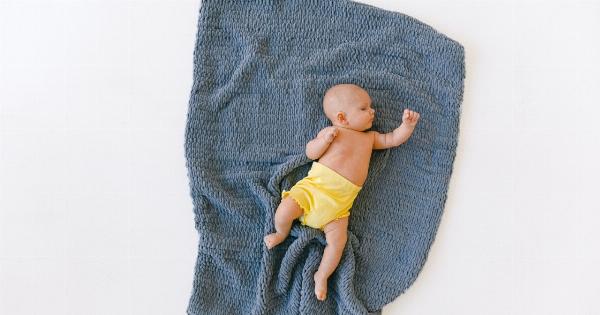Sleep plays a crucial role in our overall health and well-being. It is during sleep that our bodies undergo essential restorative processes, allowing us to wake up feeling refreshed and energized.
While many factors contribute to a good night’s sleep, such as a comfortable mattress and a peaceful environment, one aspect that often goes overlooked is the cleanliness of our pillows.
1. Dust Mites and Allergies
Did you know that your pillow may be harboring millions of dust mites? These microscopic creatures thrive in warm and humid environments, feeding on dead skin cells and human sweat.
Dust mites are a common trigger for allergies and can lead to symptoms like sneezing, coughing, and even asthma attacks. Regularly cleaning your pillows can help eliminate dust mites and reduce the risk of allergic reactions.
2. Accumulation of Sweat and Body Oils
Throughout the night, our bodies naturally release sweat and oils, which can seep into our pillows. Over time, this accumulation can create an unpleasant odor and provide a breeding ground for bacteria and fungi.
By regularly washing your pillows, you can maintain their freshness and eliminate any unwanted smells.
3. Dealing with Stains
Pillows are prone to stains from various sources, such as makeup, drool, and accidental spills. Not only are these stains unsightly, but they can also contain harmful bacteria.
Proper cleaning methods, depending on the pillow material, ensure that stains are thoroughly removed, leaving you with a fresh and hygienic pillow.
4. Extend the Lifespan of your Pillows
Regularly cleaning your pillows can significantly extend their lifespan. Over time, dirt, sweat, and oils can break down the fibers of your pillow, causing it to lose its shape and support.
By following proper cleaning techniques, you can help maintain the integrity of your pillows, ensuring that they continue to provide comfort and support for a longer period.
5. Types of Pillows and Cleaning Methods
It is important to note that different types of pillows require different cleaning methods. Let’s explore some common types:.
a) Synthetic Pillows
Synthetic pillows, such as polyester or microfiber, are generally machine-washable. It is recommended to wash them every three to six months, following the care instructions provided by the manufacturer.
Use a gentle cycle, mild detergent, and make sure to thoroughly rinse and dry the pillows to prevent any lingering moisture.
b) Down and Feather Pillows
Down and feather pillows provide luxurious softness and comfort. While some down pillows can be machine-washed, it is often best to check the care instructions or have them professionally cleaned.
Feather pillows, on the other hand, are more easily machine washable. Ensure that the pillows are fully dry before using them again to prevent the growth of mold or mildew.
c) Memory Foam Pillows
Memory foam pillows require extra care due to their unique composition. Most memory foam pillows are spot-clean only, as machine washing can damage the material. Use a mild detergent and a damp cloth to gently clean any stains.
To refresh the pillow, sprinkle baking soda on it, leave it for a few hours, and then vacuum it thoroughly.
d) Bamboo or Latex Pillows
Bamboo or latex pillows are often hypoallergenic and resistant to dust mites, making them ideal for individuals with allergies. These pillows can be machine-washed on a gentle cycle with mild detergent.
After washing, ensure proper drying to prevent any moisture retention, as it can lead to the growth of mold or mildew.
6. Additional Tips for Pillow Maintenance
Aside from regular cleaning, here are some additional tips to help maintain the cleanliness and freshness of your pillows:.
a) Use Pillow Protectors
Pillow protectors act as a barrier between your pillow and pillowcase, preventing sweat, oils, and stains from seeping into the pillow. They are typically washable and can be easily removed and cleaned, adding an extra layer of protection.
b) Rotate and Fluff
To prevent the accumulation of moisture and maintain the shape of your pillows, it is recommended to rotate and fluff them regularly. This helps distribute the pressure and ensures even wear and tear.
c) Avoid Eating in Bed
While it may be tempting to snack in bed, it can lead to crumbs and spills on your pillows. These can attract pests and create unsanitary conditions. Keep your pillows clean by reserving your bed for sleep and relaxation only.
d) Follow Manufacturers’ Instructions
Always refer to the care instructions provided by the pillow manufacturer. Different pillows may have specific guidelines for optimal cleaning, and it is important to follow them to maintain the integrity and performance of your pillows.
Conclusion
Clean pillows are essential for a healthy sleep environment. Regularly cleaning and maintaining your pillows not only helps to eliminate dust mites, allergens, and bacteria but also ensures their longevity and freshness.
By following the appropriate cleaning methods depending on the pillow type, you can enjoy a restful night’s sleep, free from potential allergens and discomfort.






























